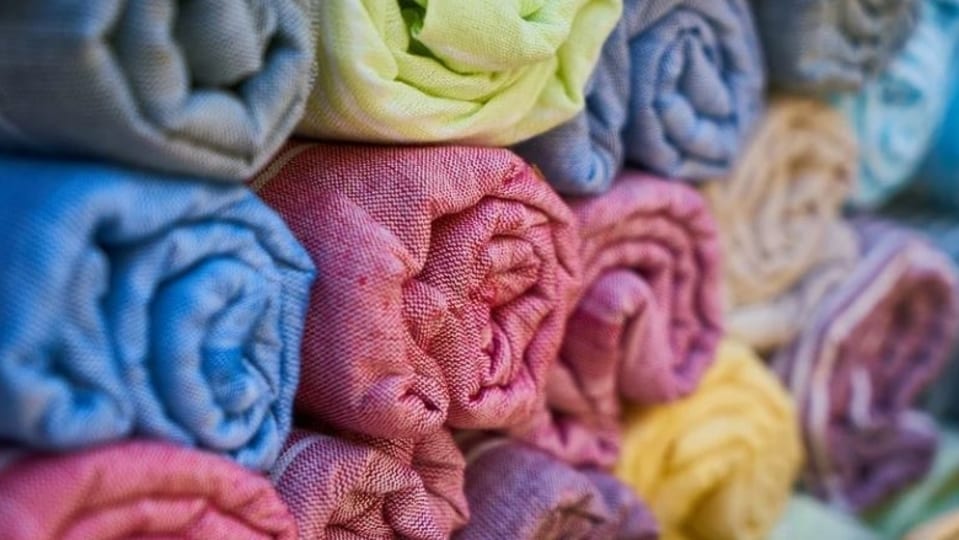The evolution of textile industry with technology
Nanotechnology is the most innovative evolution in science and technology. In the textile industry nanotechnology is used to create more scientific clothing, like fire-repellent, self-cleaning and water-repellent fabrics.


In the late 17th century, when the textile industries started, the only source of raw materials was from animals and plants. With the advancement in the textile industry, now the sources are varied. Every generation is bringing an exemplary revolution in the textile world. The preferences of people change as time progress and to fulfil that demand, there is a need for evolution in the textile industry now and then. Adaptation of technologies is the only way to be in the competitive market. Initially, the cotton textile industry was very famous. And with time passing by, different industries of different fabrics came into existence.
In the early 20th century the revolution in the textile industry began, when and more companies were stepping their foot into the textile industry. With the number of producers increased, it led to the advancement in machines. A requirement to make more products in less time and with less number of labours arose. Human society is built on a basis of need and fulfilment. When the industrialists sensed that there was a need for change in production way they invested money to fulfil those desires by improvising on the machines. And fortunately, so far it has worked immensely well for the textile industry.
Nanotechnology
Nanotechnology is the most innovative evolution in science and technology. In the textile industry nanotechnology is used to create more scientific clothing, like fire-repellent, self-cleaning and water-repellent fabrics. All the minute aspects that were not considered before are now being evaluated and necessary reformations are being made in the textile industry. With the help of nanotechnology, the textile industry will be build up in such a way that it won't need any changes for upcoming years after that.
Knitting machines
Large swaths of materials are created rather than long strips and at the end are sewn together. These machines are now part of every textile industry as it eases the workload and helps in producing more fabrics in the given time. Knitting machines were the initial steps of revolution when we are not so focused on innovations.
Pleating machines
Pleating is a permanent fold on the fabrics. Initially, when the pattern of pleating was developed, it was done by the labourers and that would increase the cost. Now pleating is done with the help of machines. The precision and the output of the design are very much appreciated. Pleated fabrics are the trends that have set a new trend and to maintain that trend and keep up the moment, pleated machines are being developed with modifications.
Laser printing
Laser printing is the easiest way to print the images on clothes like jeans and shirts. In this way time is saved and machines imprint the image, enhancing the overall look. Laser printing work is more precise as it is computerized. All that needs to be done is to select the kind of image we want to be imprinted and just enter it into the system. Artificial works are replacing labour work due to the redefined textile industries.
Digital printing
For more complex designs and patterns, digital printing is used. The good thing about digital printing is it allows the customers to select their favourite design. It is the most used method for printing designs on clothing materials. What this kind of technology does best is it gives a scope of revolutionizing the whole process. Freedom to make something unique and that can set a trend.
3-D Printers
This technology is still in the developing phase. Some companies are trying to use thinner and more resilient fibres to make the fabrics softer. The research and development are still in processing to make the designated progress to make this technique habitable.
The accommodation of technologies in day-to-day life is not an easy task. Numerous variations are needed to be done before that. One should have enough knowledge to properly use the latest machines and technologies. Just adapting to the technology will not give out the desired result, but how to use it is what matters. Investing in knowledge and technology is what the current textile industries are doing. The products are being launched with the latest innovations and these are the changes that are visible in our day-to-day life. Proper planning should be made before switching to new technologies. As we know that ‘half knowledge is very dangerous.'
This article has been written by Sanjay Desai, Director, Fabcurate.com
Catch all the Latest Tech News, Mobile News, Laptop News, Gaming news, Wearables News , How To News, also keep up with us on Whatsapp channel,Twitter, Facebook, Google News, and Instagram. For our latest videos, subscribe to our YouTube channel.


























